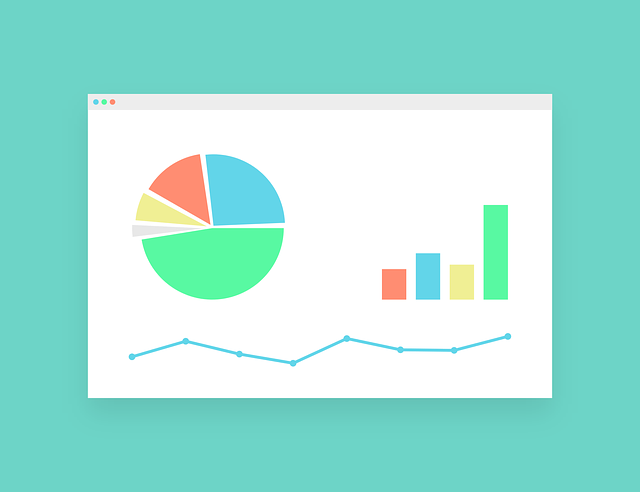The Rumsfeld Matrix as an effective tool in the decision-making process
During a briefing on the Iraq War, Donald Rumsfeld divided information into 4 categories: known known, known unknown, unknown known, unknown unknown. ...

Data is an indispensable tool for modern business. It is used everywhere in business: from supporting the decision-making process itself to upgrade and improve products and services. 2021 has been a year of intriguing advancements in Business Intelligence and data analytics. The goal was to provide companies with a custom solution based on different technological approaches to make the most of their data. Given the dynamic pace of development in this area, new solutions can be expected in 2022. Consider the main trends in the development of Business Intelligence and data analysis.
The Data Fabric is a cohesive, conceptual information management architecture that provides complete and flexible access to work with it. Data factories feature is the use of the approach and tools of Artificial Intelligence, Big Data and machine learning in order to organize optimal data management algorithms.
The latest development from Qlik is an example of such a concept. Qlik Forts is designed to connect all data regardless of its location in the cloud. Companies using a variety of private and public cloud platforms have the ability to easily connect and leverage all of the data for an efficient workflow. Moreover, the data is available for analysis to the user from anywhere in the world. In 2022, the development and bringing of analytical solutions to a new level.
Nowadays, most of the commonly used machine learning algorithms perform their functions well and smoothly. Specialists, in turn, are trying to improve developments and make them even smaller, faster and more efficient. The next year will be devoted to platforms and tools development that can be used by any user to automate any task.
To solve the scaling problem mentioned in the previous point, it’s worth starting by changing AI and machine learning goal. It is advisable to process only the most important data, in other words, go to small data. However, this does not mean that big data is losing its value – it will always be needed. We can already see the success of implementing the «small data» approach in self-driving cars to quickly respond to potential road accidents. In 2022, we can expect new ideas emergence with the effective use of small data.
One of the trends next year will be SaaS (software as a service). However, in 2022 there will be some changes, namely iPaaS. The tool is a cloud-based solution with the ability to easily scale and integrate large data amounts. Gartner defines iPaaS as a cloud services set that enable the development, execution and maintenance of integration flows that connect any combination of on-premises and cloud services, processes, applications, and data within one or more organizations. The goal of every company is to avoid data loss and information silos across departments and platforms. Therefore, a breakthrough in this area is expected next year.
Back in 2020, the predictive and prescriptive analytics market was projected to grow by 20% over 5 years. Now analytics is becoming more accessible to users. With the help of Qlik BI platforms, it is possible to easily integrate predictive analytics into CRM, ERP, etc. In 2022 and beyond, this area will actively develop.
The final item on the trend list is information literacy. Knowledge is essential for the implementation and correct use of all technologies and innovations. Otherwise, all progress will be meaningless. Modern companies that strive for dynamic development should think about quality training for their team. End users require particular attention, as they often make data-driven decisions.